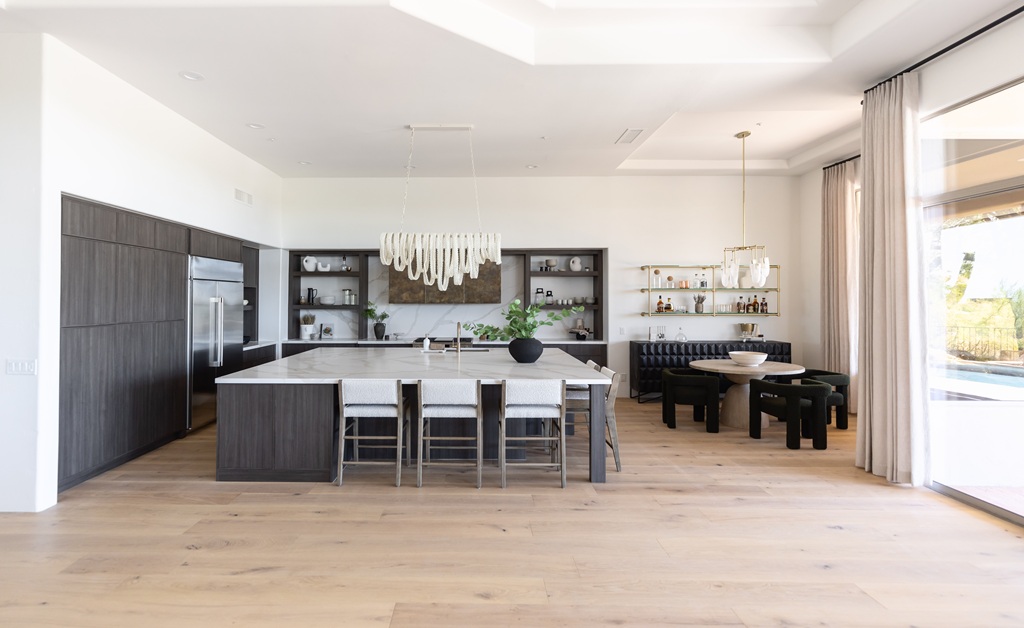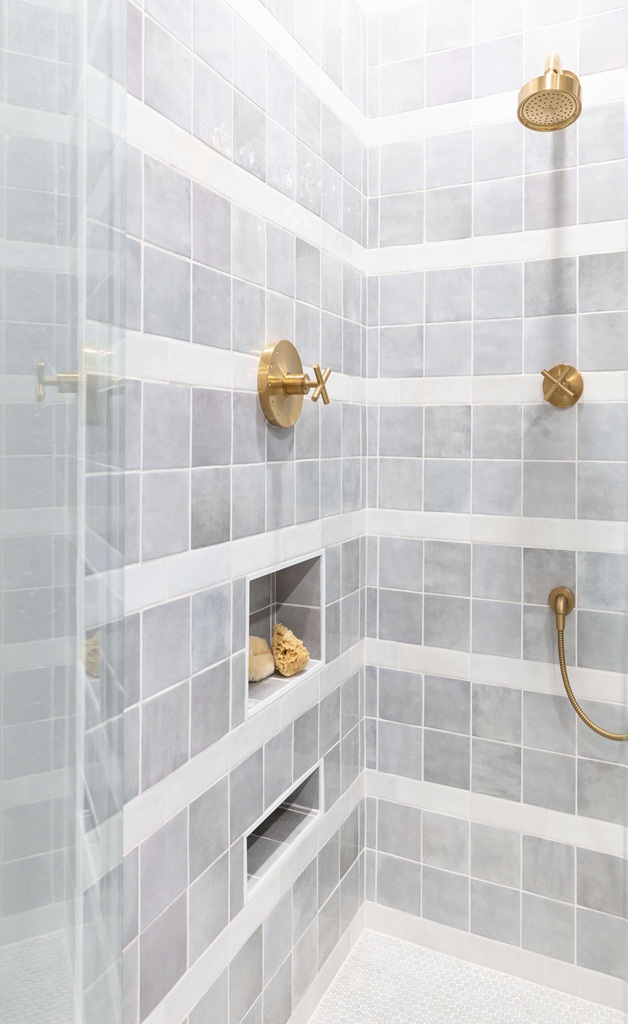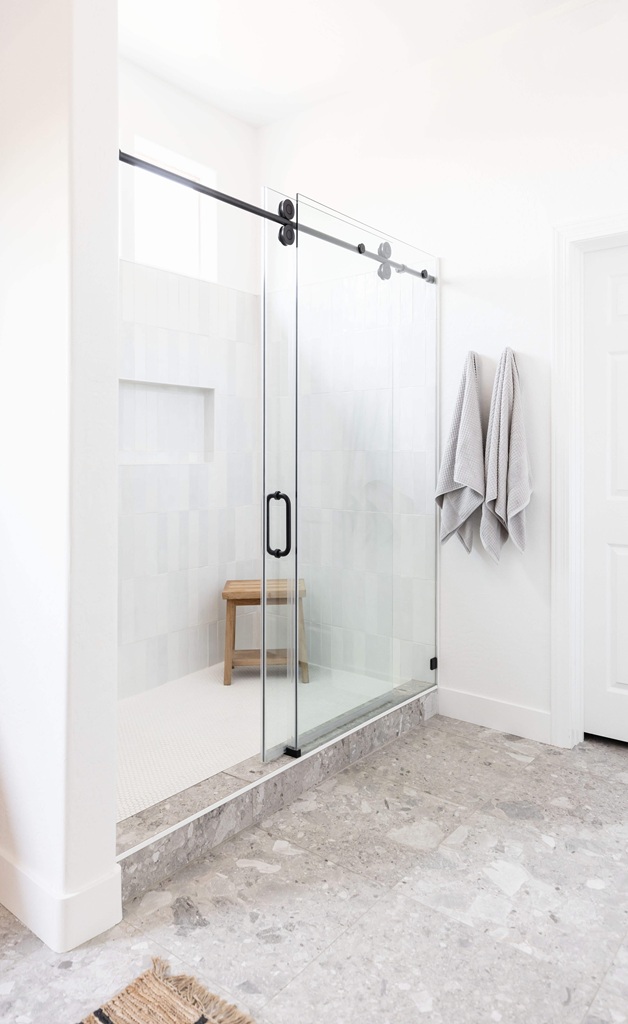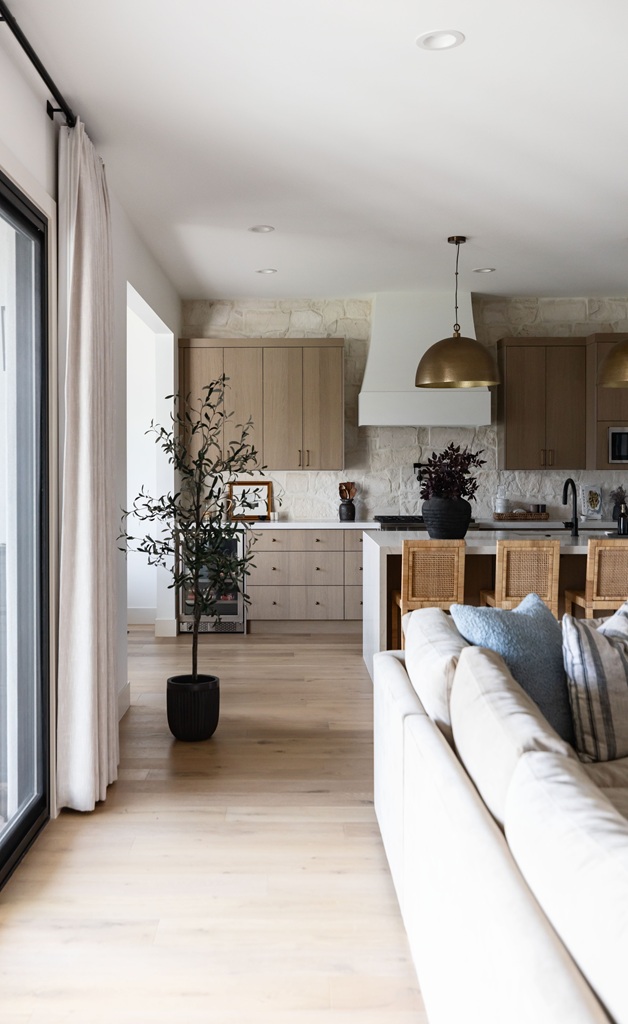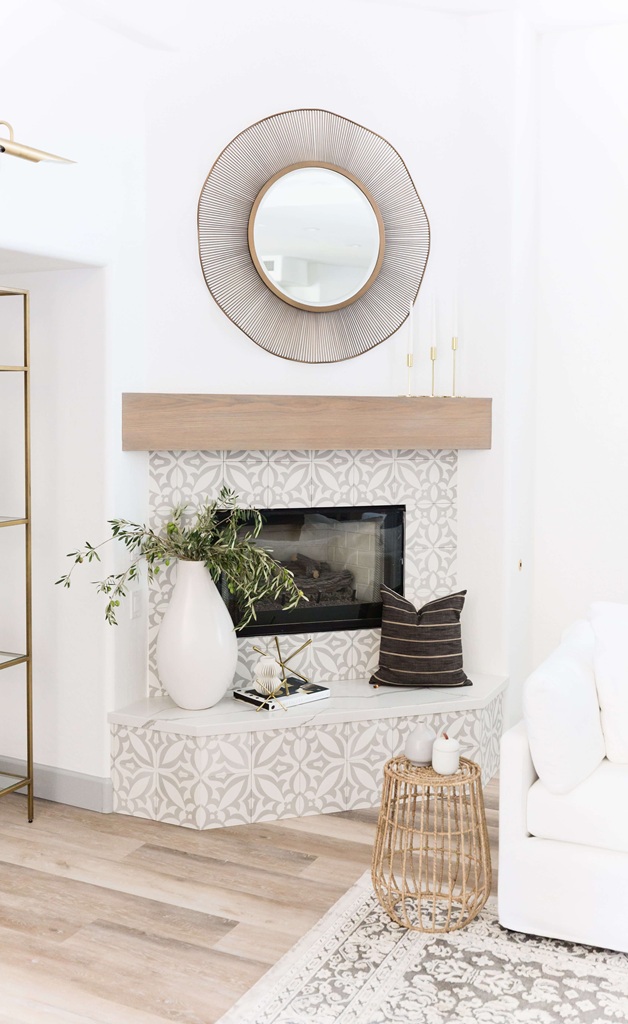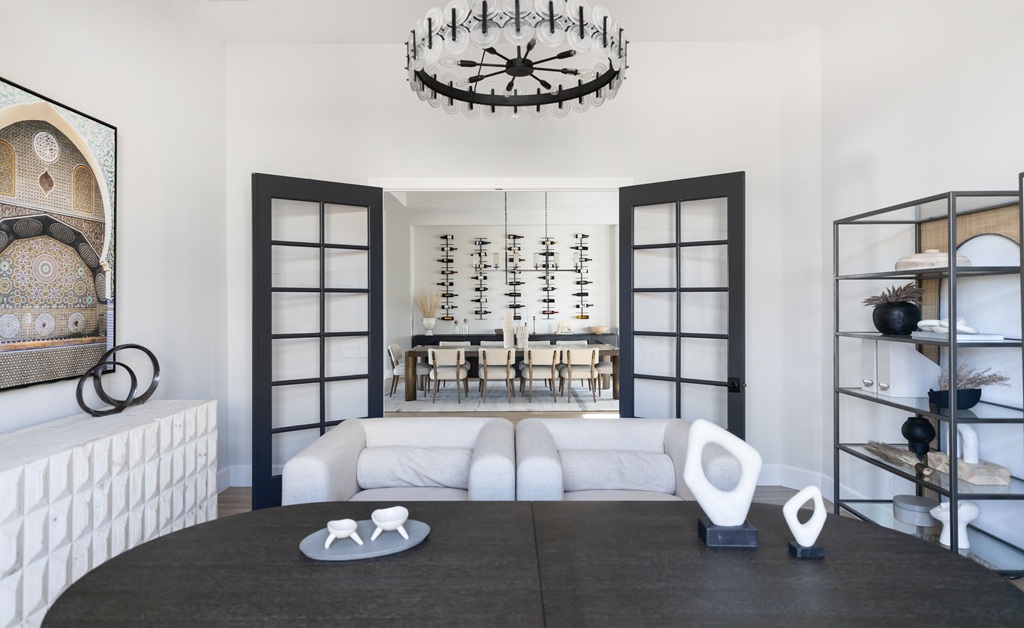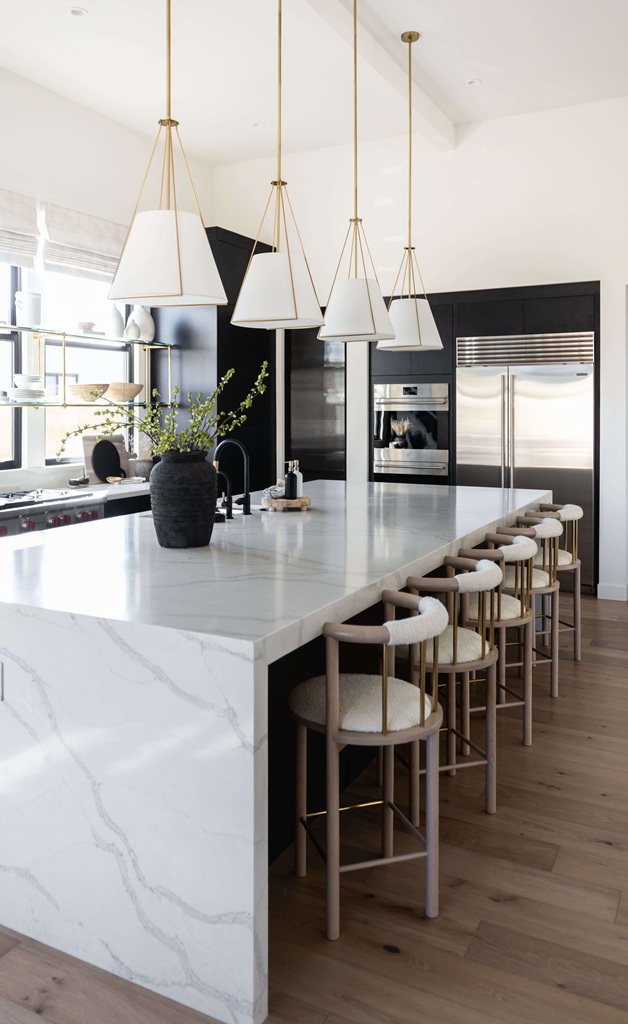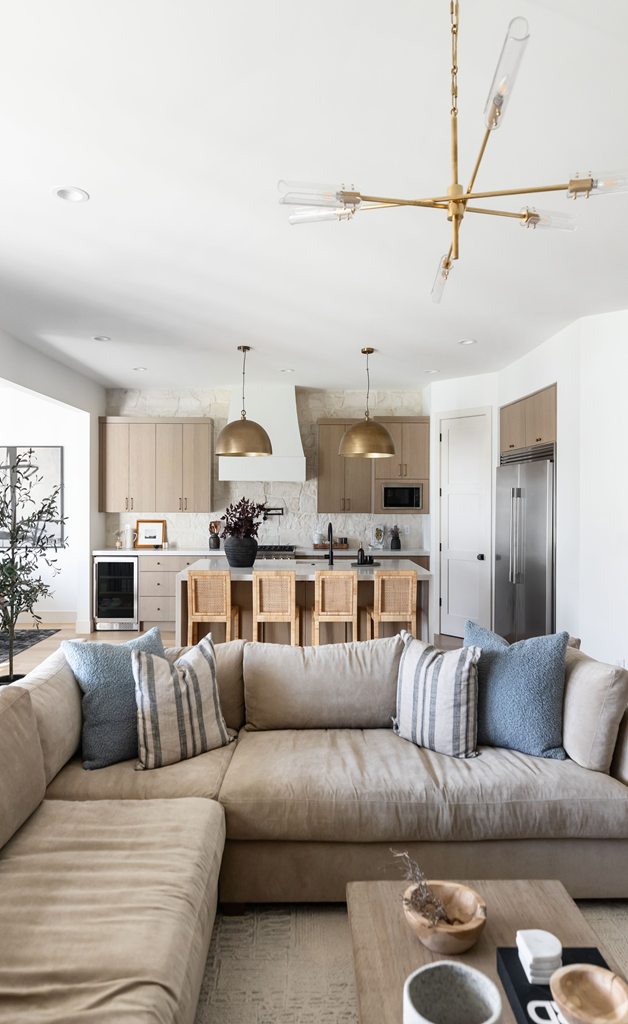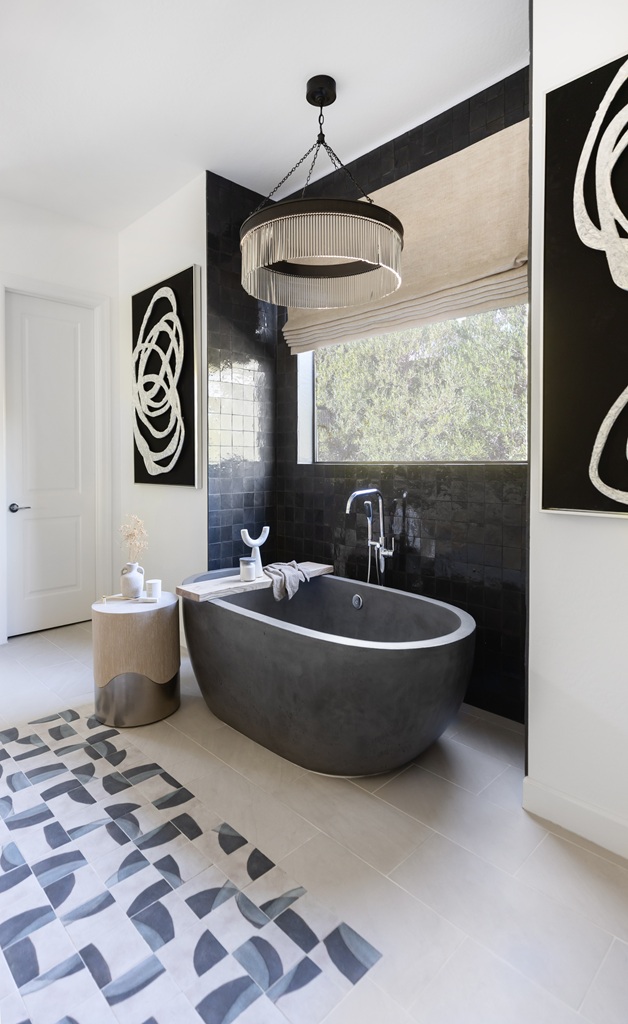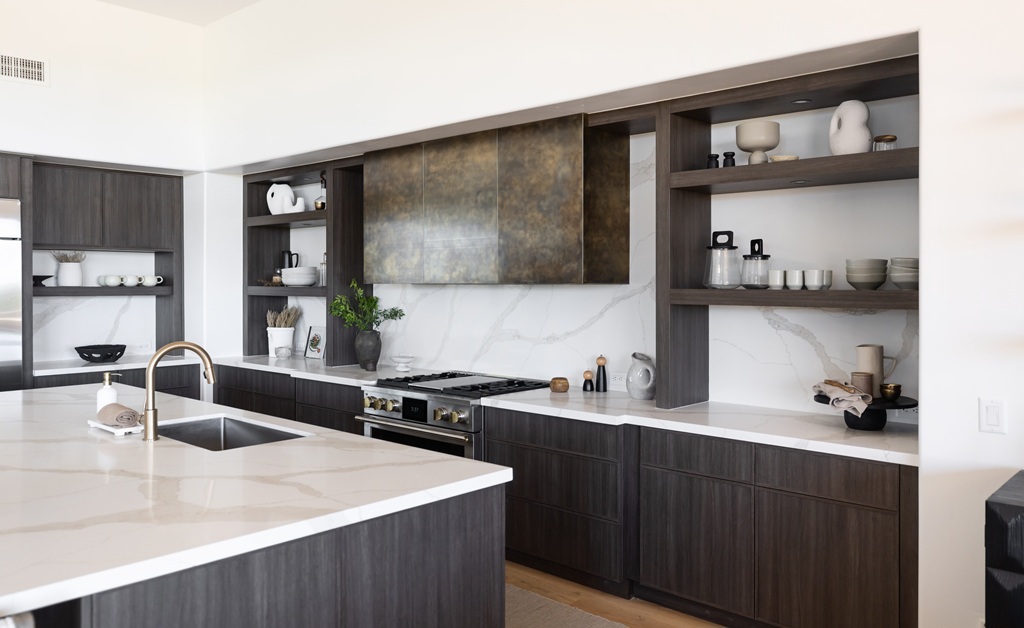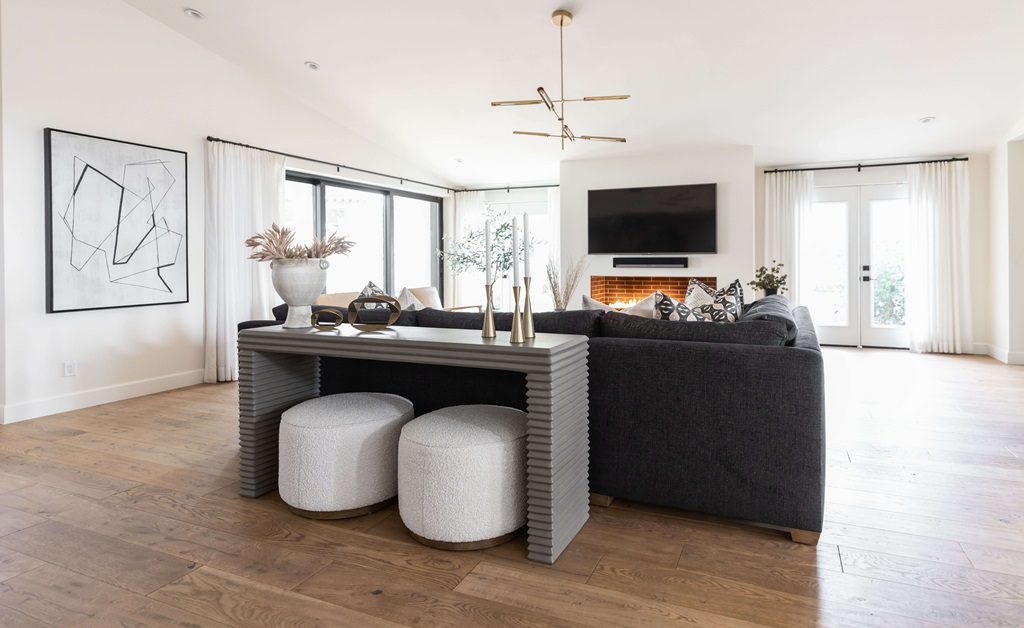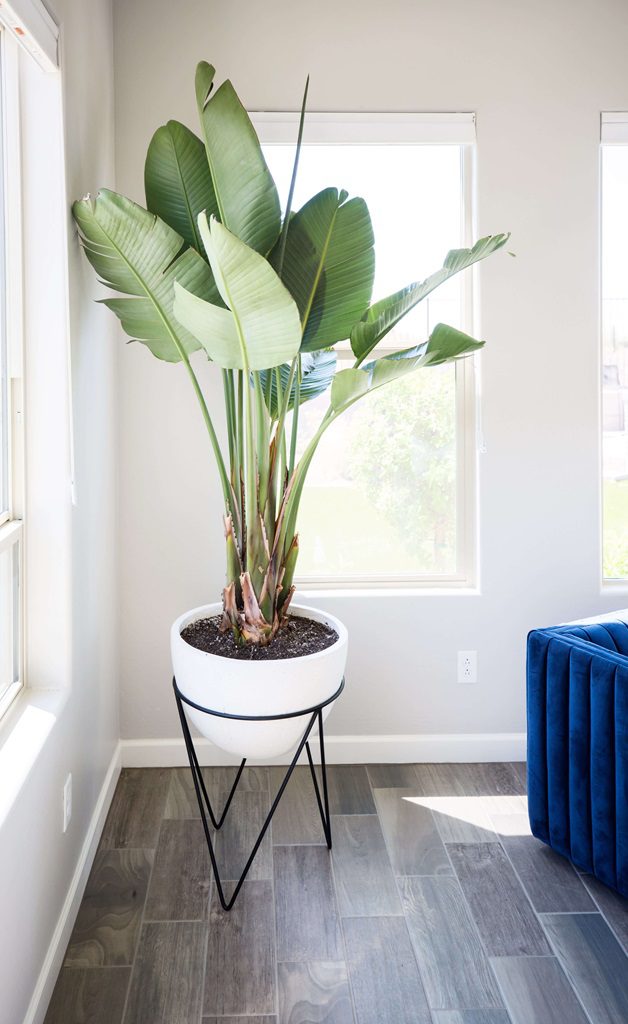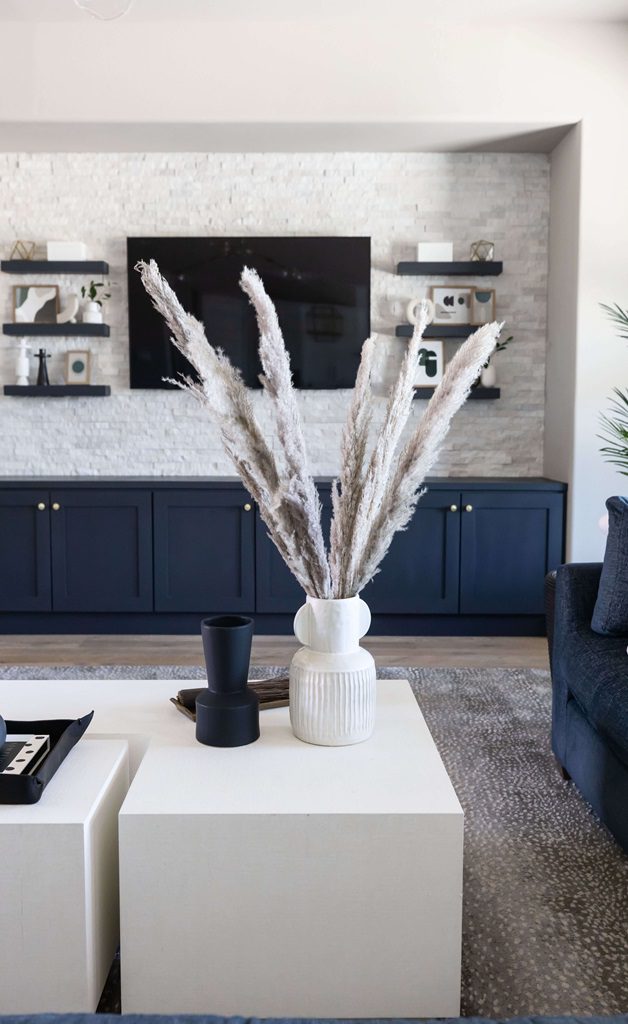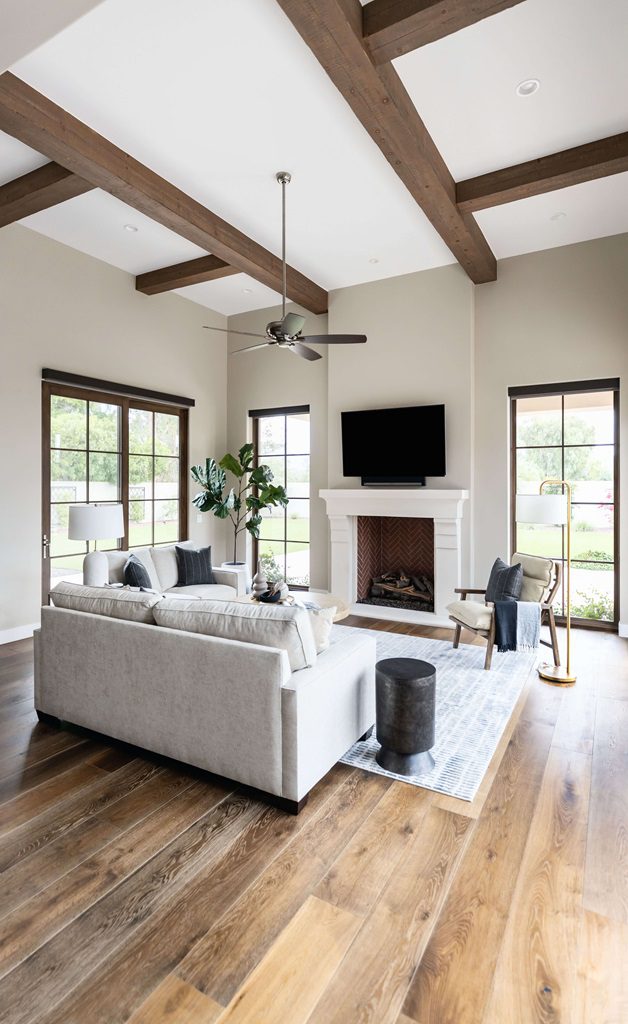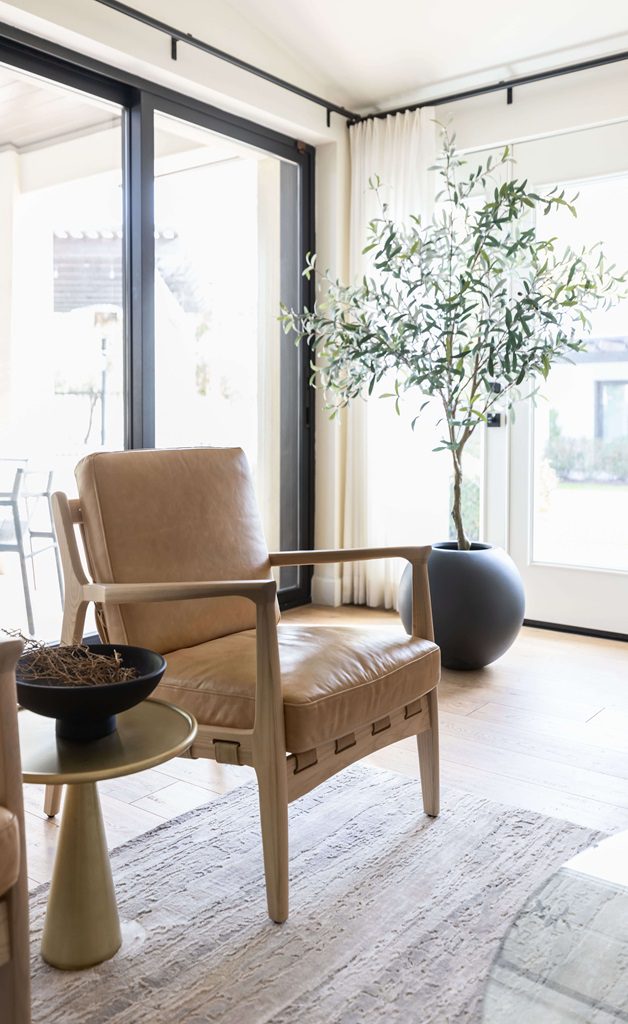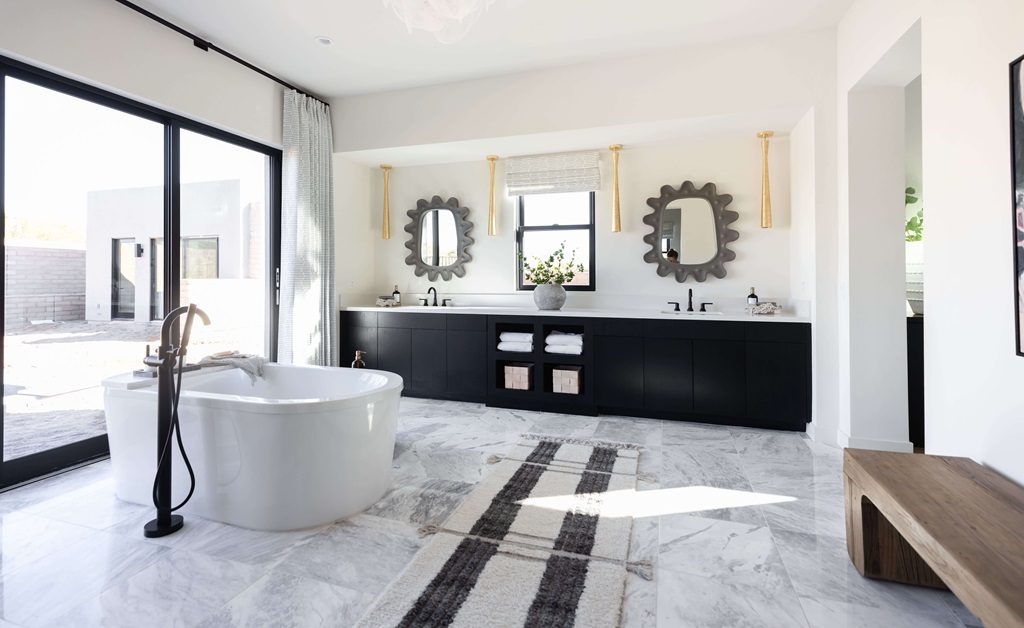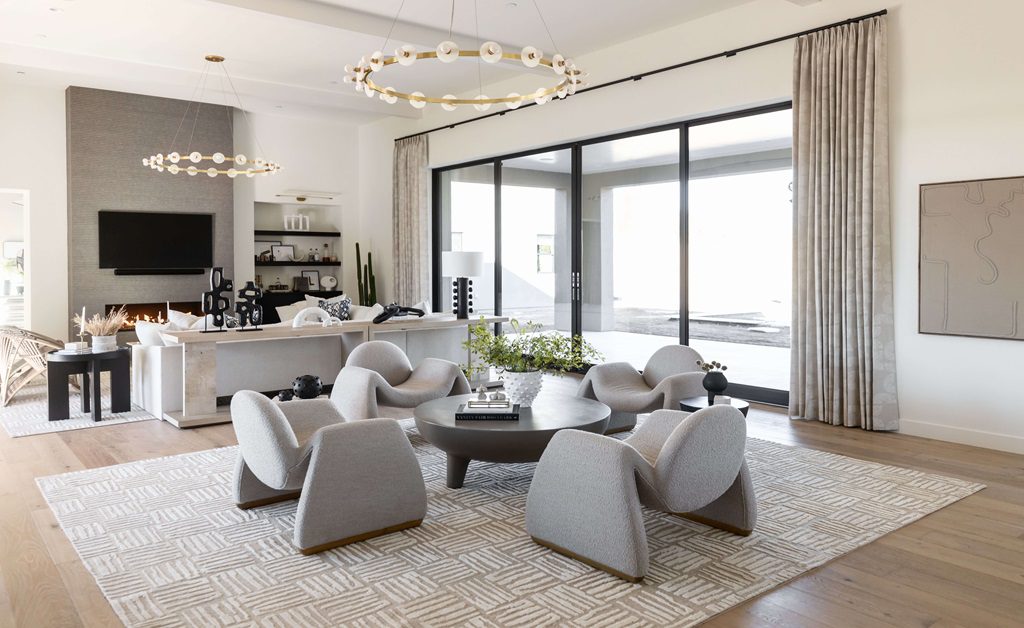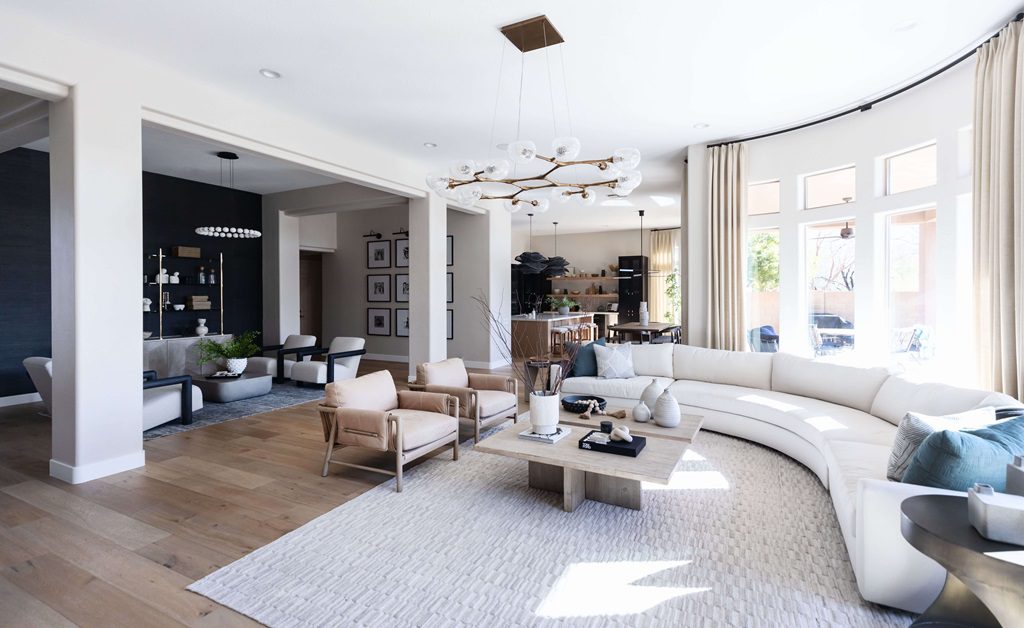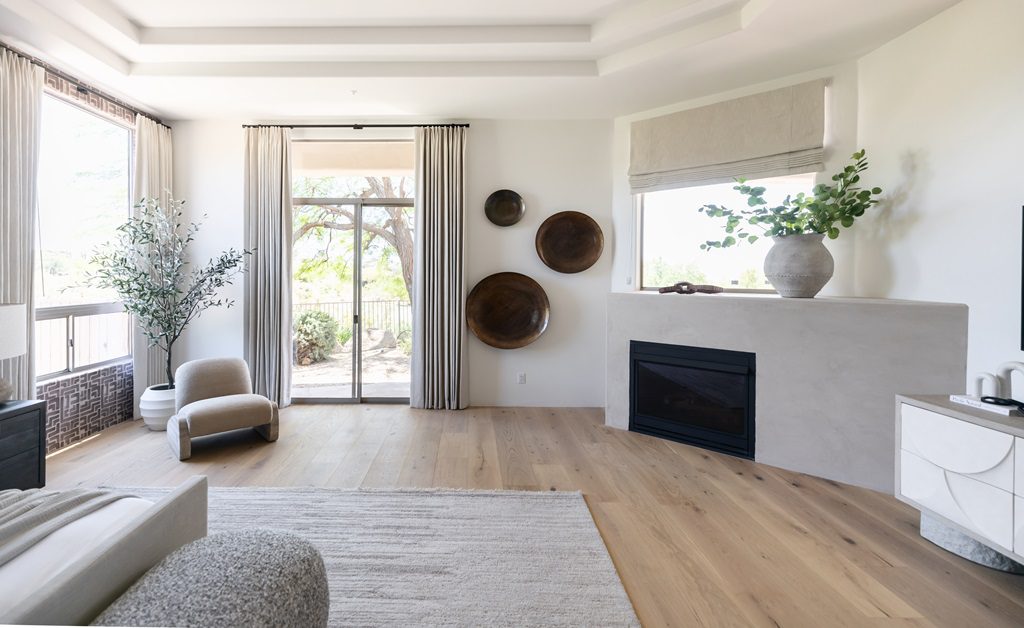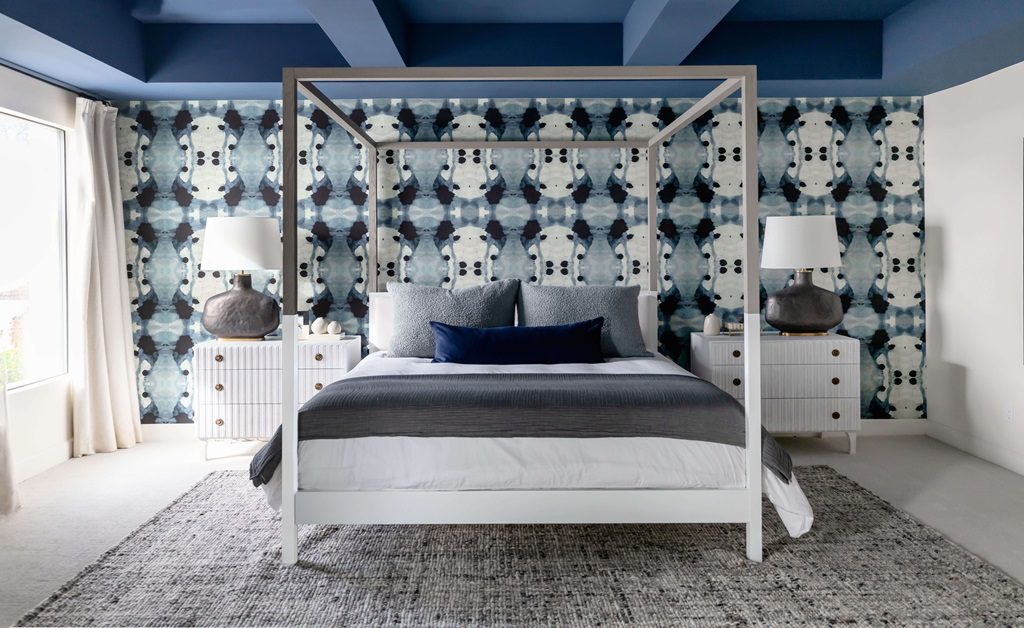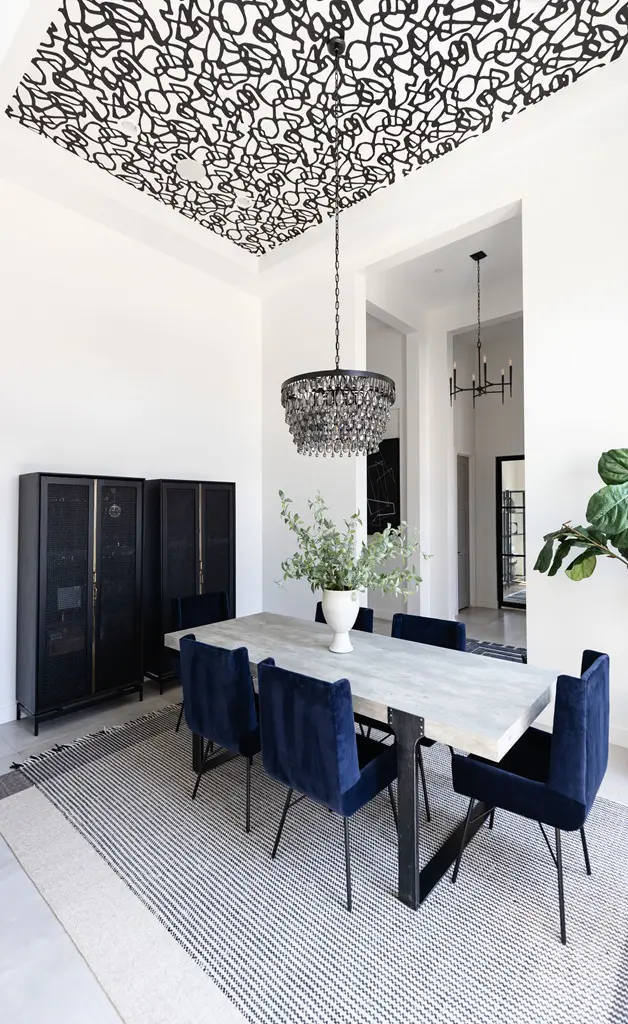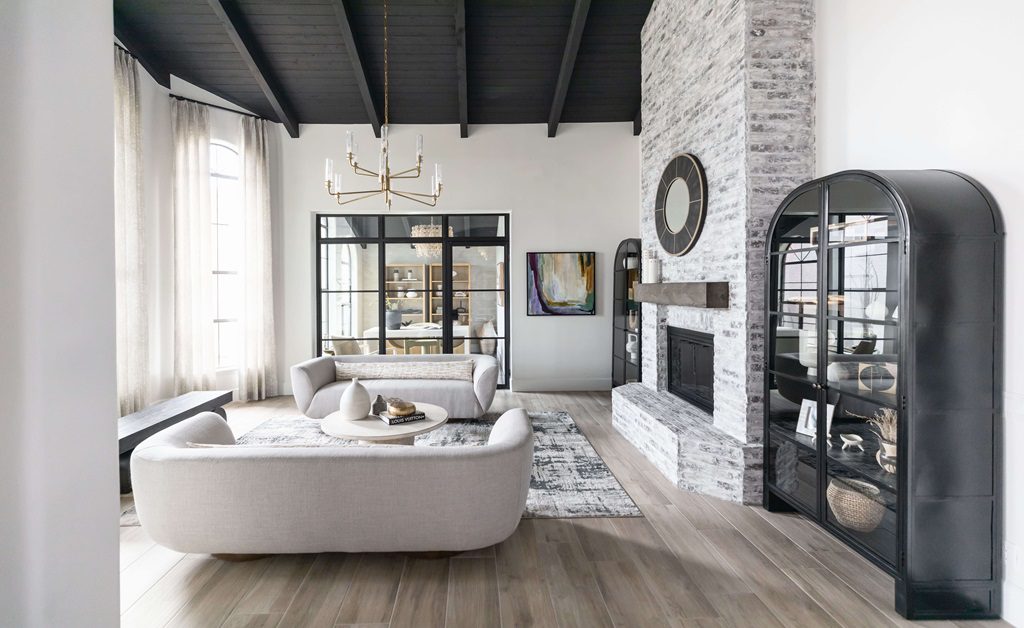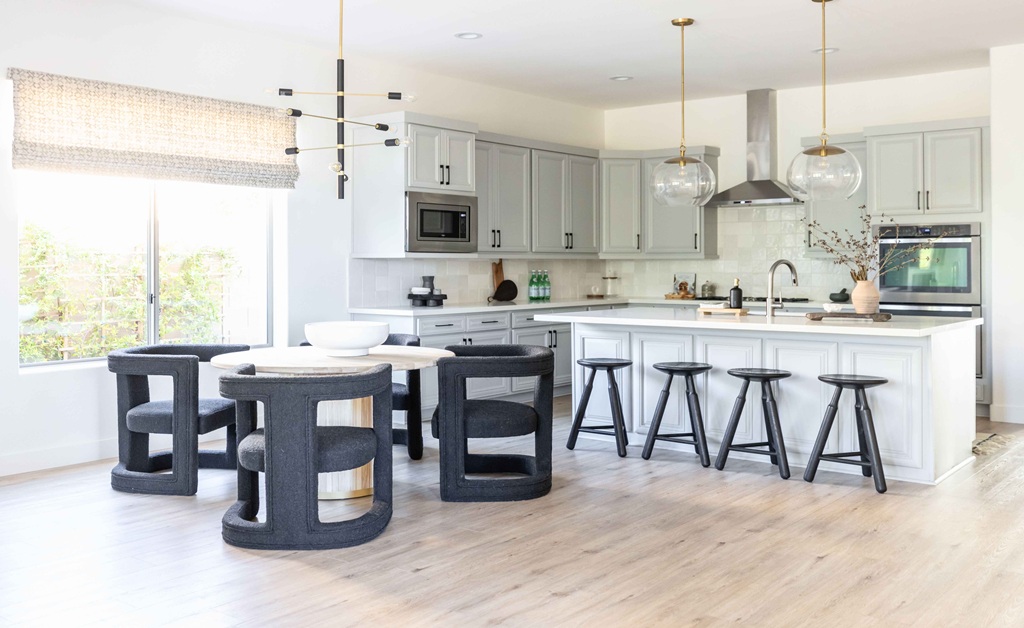
How Long Should a Kitchen Remodel Take?
A kitchen remodel is perhaps the most satisfying home makeover that you can undertake. It converts one of the most disorganized rooms in your home into a functional, great-looking room that suits your style. But, how long should a kitchen remodel take? Knowing the answer to this question can ensure you have the right expectations. You can avoid being subjected to too much stress and frustration. From understanding the average time frame to understanding what dictates it, that’s all you have to know to schedule your kitchen remodel.
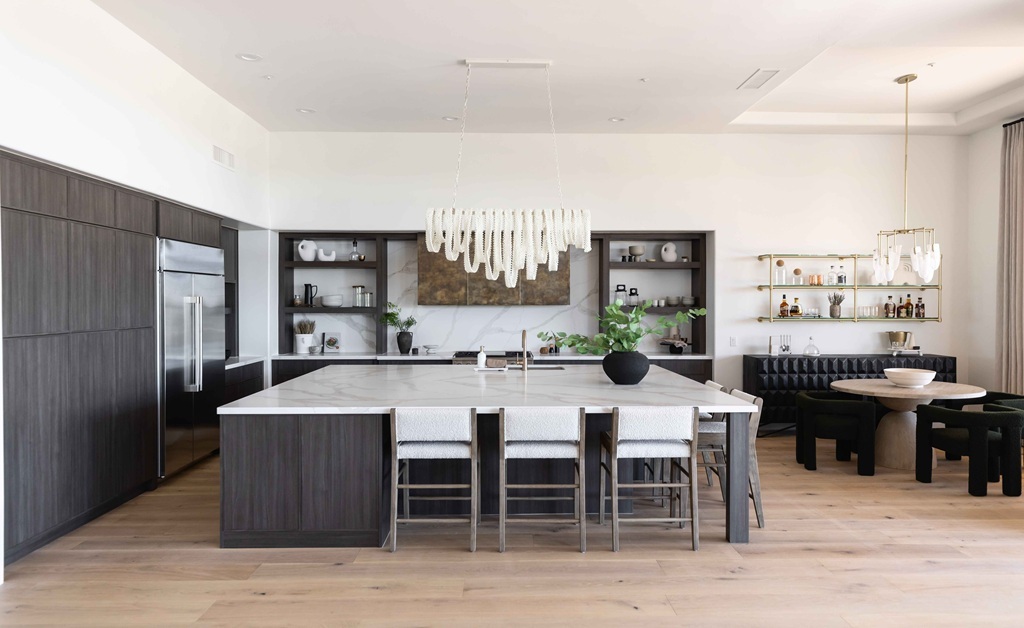
Average Timeline for a Kitchen Remodel
Overall, a kitchen renovation could be 6 to 12 weeks of changes, depending on how complicated the project is. A small renovation that is just doing some small things such as painting, hardware changes, or appliance replacement will be at the lower end of that spectrum. A complete gut renovation with custom cabinets, new flooring, plumbing relocations, and layout changes can take more than 12 weeks, however. If you’re interested in kitchen remodeling in Paradise Valley, specialists can help you understand a potential timeline.
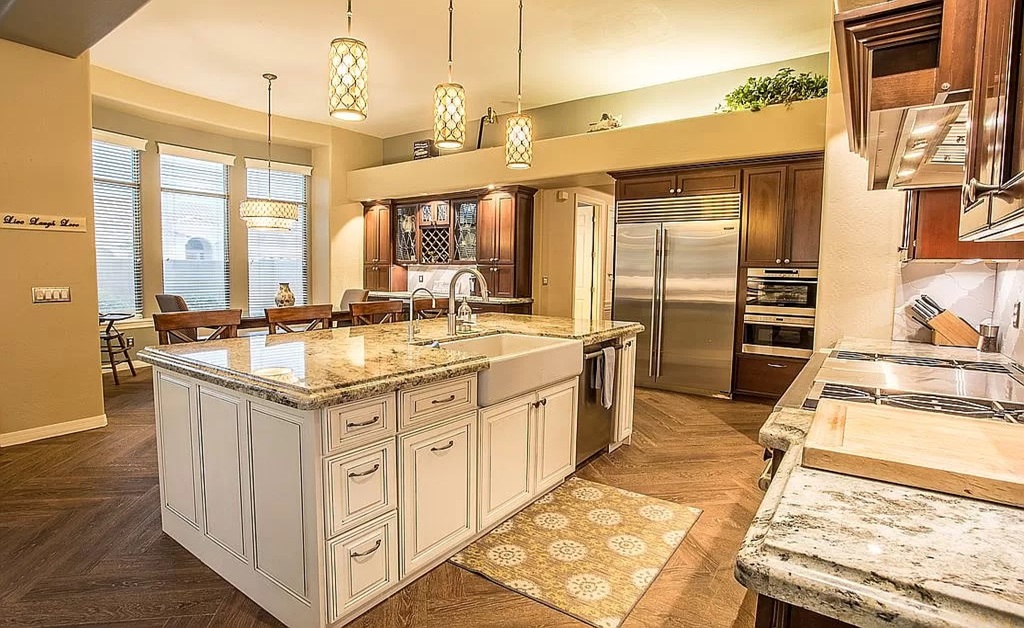
Remember, though, that this is only the construction schedule. If you’re remodeling, there are design, budgeting, and shopping phases to add to your experience, each phase adding time to your project. As you plan, you may ask yourself, how long does a full kitchen remodel take? The answer depends on these additional stages.
Factors That Affect the Timeline
Want to know how long to remodel a kitchen? There are a few things to keep in mind. One of them is the size of your kitchen; a tiny galley kitchen will just be quicker than a large open-concept kitchen. How complicated your design is matters, too. Remodels with structural modifications, like removing walls or relocating plumbing, take longer.
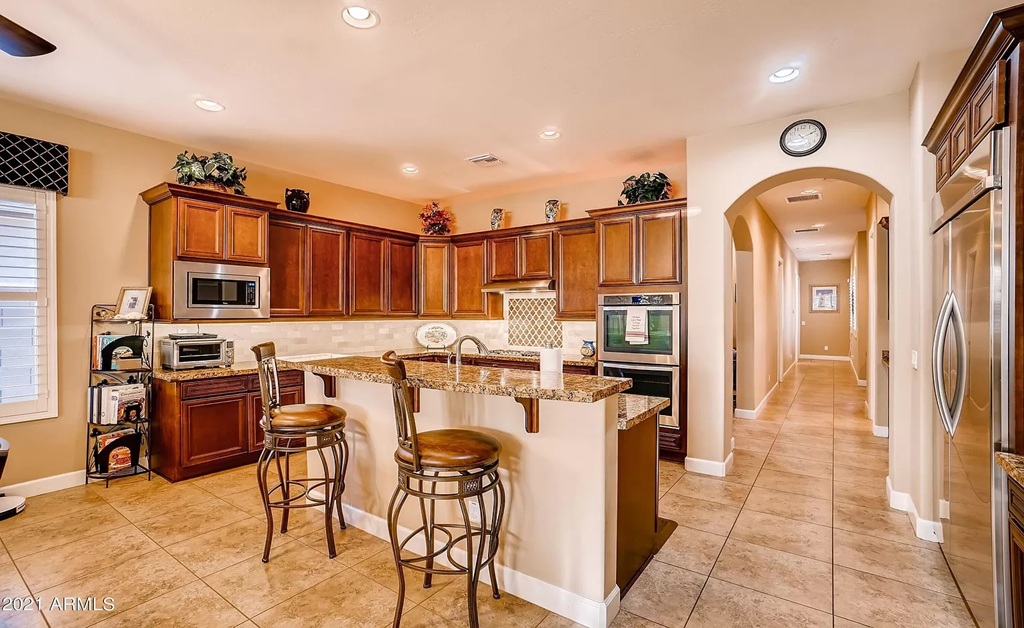
Material availability is also a source of delay. Special-order tile, custom cabinetry, or hip appliances have long lead times and can really adjust your schedule. There could be unforeseen problems like hidden water damage, asbestos, or historic wiring that can delay the work if they are found and need to be repaired during construction.
Finally, your choice of contractor or design team can be the make-or-break point for your timeline. An experienced interior designer or contractor will be more apt to keep things on track, address any issues that might arise in the early stages, and work effectively.
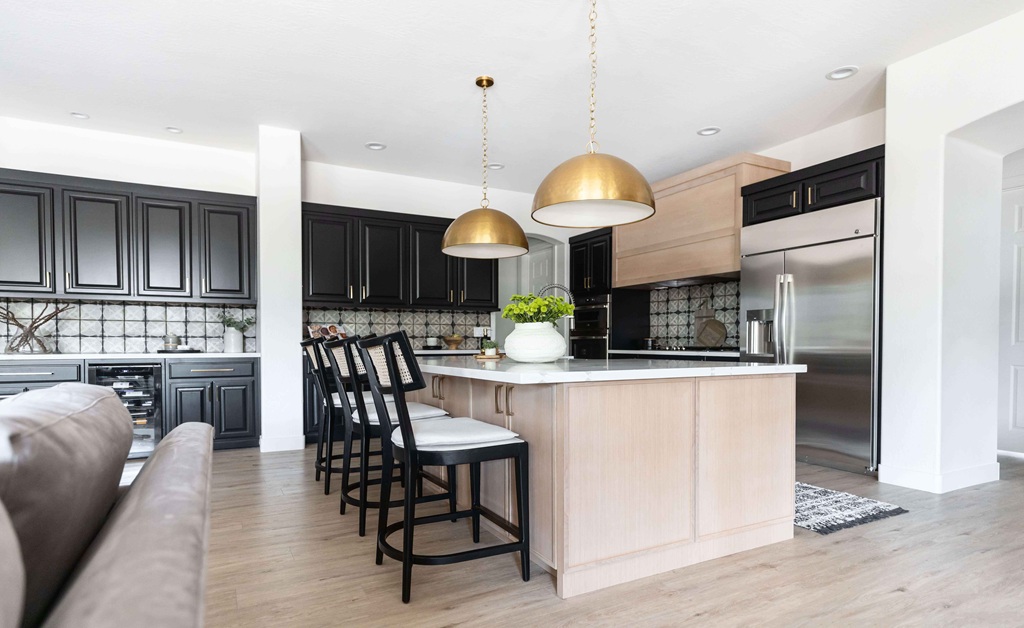
Working with the Right Interior Designers
Hiring experts is one of the best solutions to achieve stress-free remodeling of the kitchen. Professional interior designers not only assist in selecting color and material but will also facilitate deliveries and coordinate the whole process from start to end.
A good designer will also consider your daily habits and lifestyle in the remodel. If you cook every meal at home or require a quick fix during construction, they’ll design with convenience. With the right team, you’ll be presented with solutions that go above and beyond your expectations.
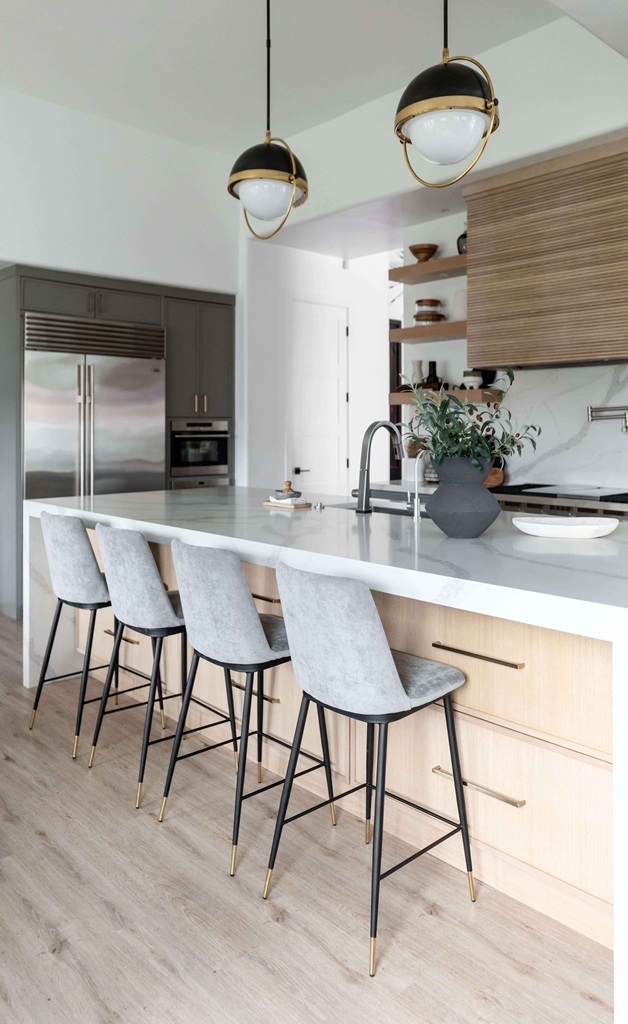
Planning for a Seamless Remodel
Learn More: How Much Value Does Remodeling a Kitchen Add to Your Property?
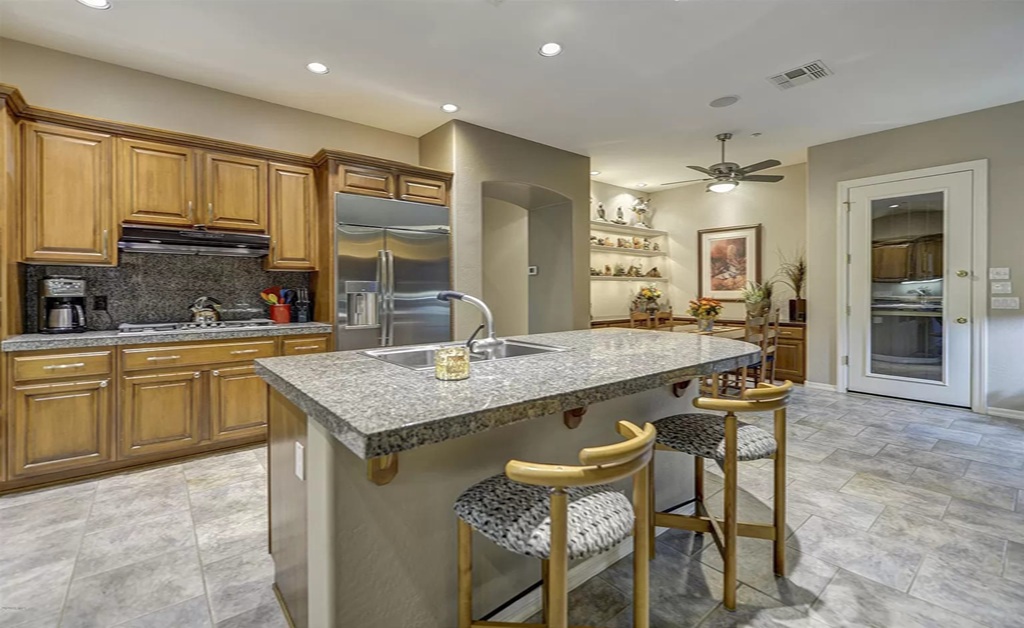
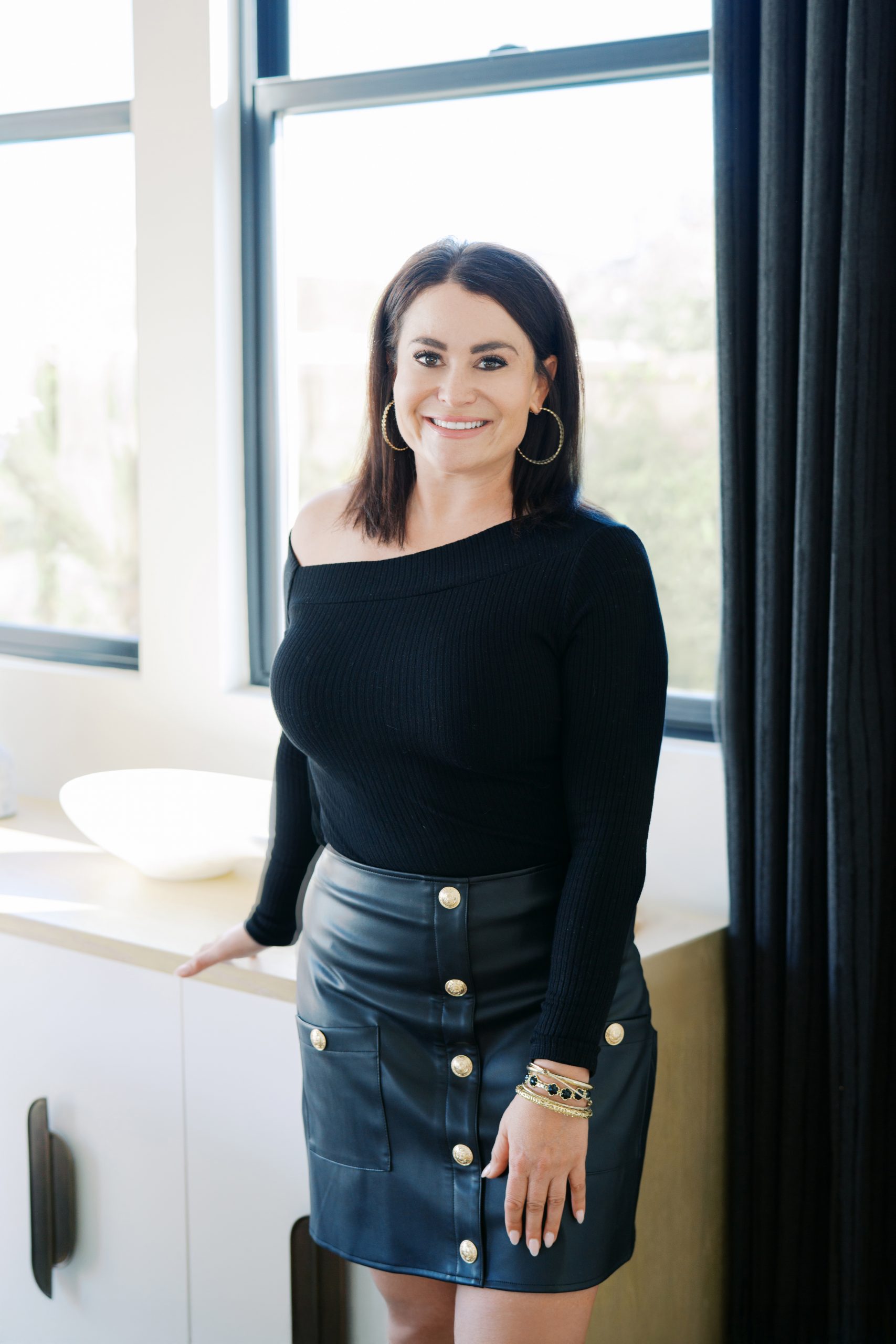
Lauren Lerner is the founder of Living With Lolo, a nationally recognized Scottsdale interior designer and an Arizona licensed general contractor. She is celebrated for creating luxury homes that are warm, livable, and deeply personal, blending thoughtful design with seamless construction and curated furnishings. Recognized as one of Arizona’s top interior designers, Lauren has worked with celebrities, athletes, and executives across the country. Her work, known for its elevated yet inviting style, has been featured in multiple national publications. Guided by the belief that great design should feel as good as it looks, Lauren transforms houses into homes that truly reflect her clients’ lives.

